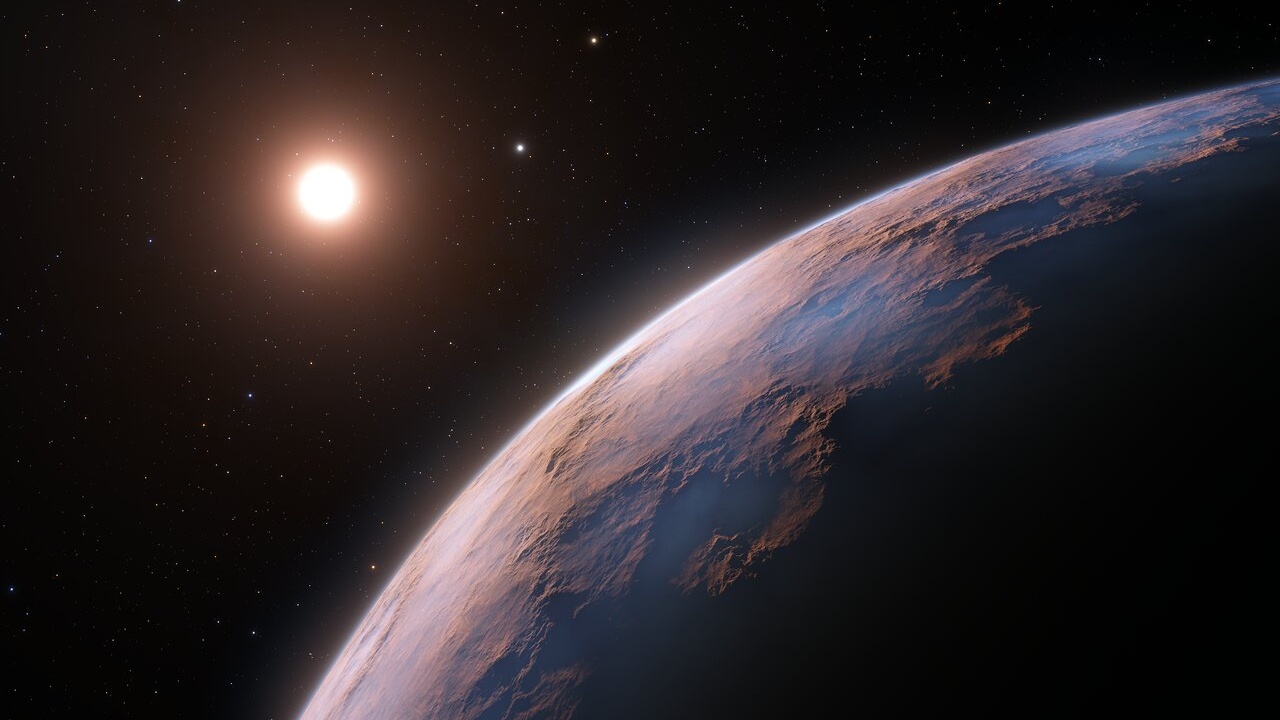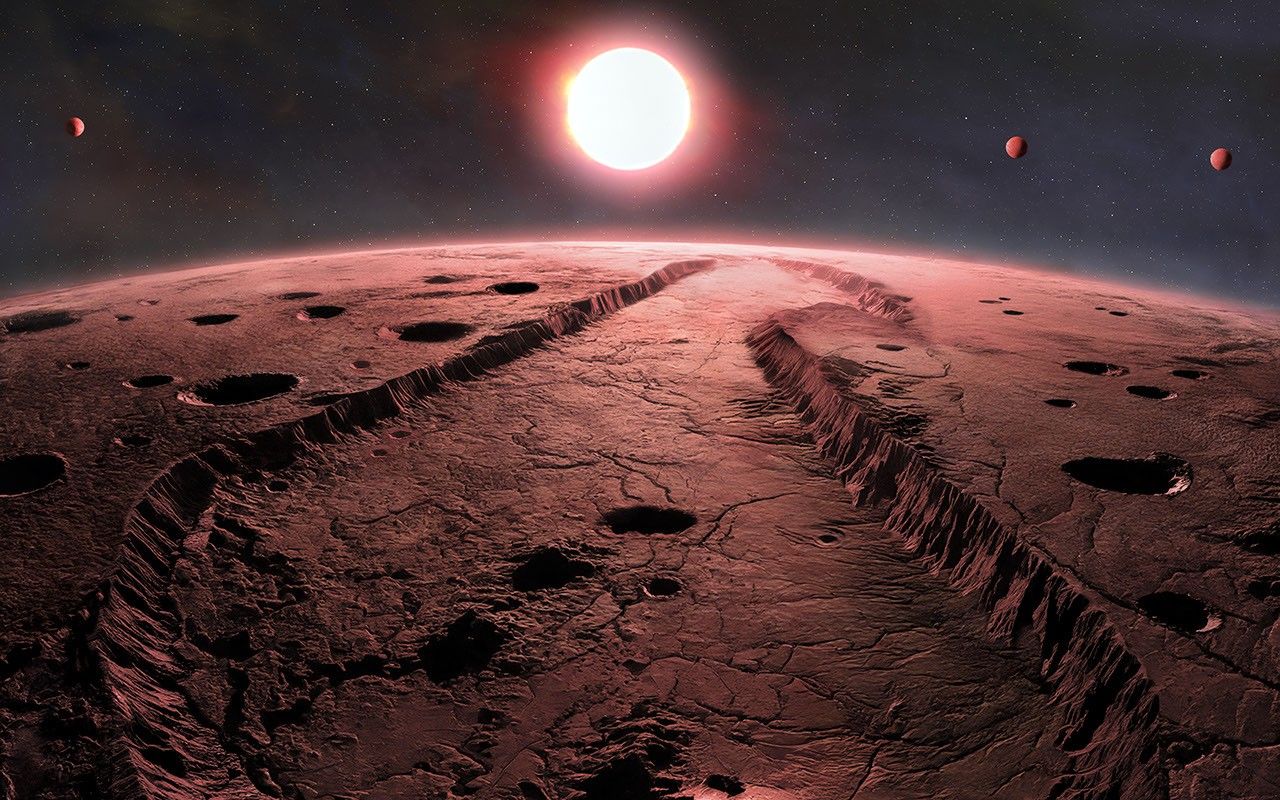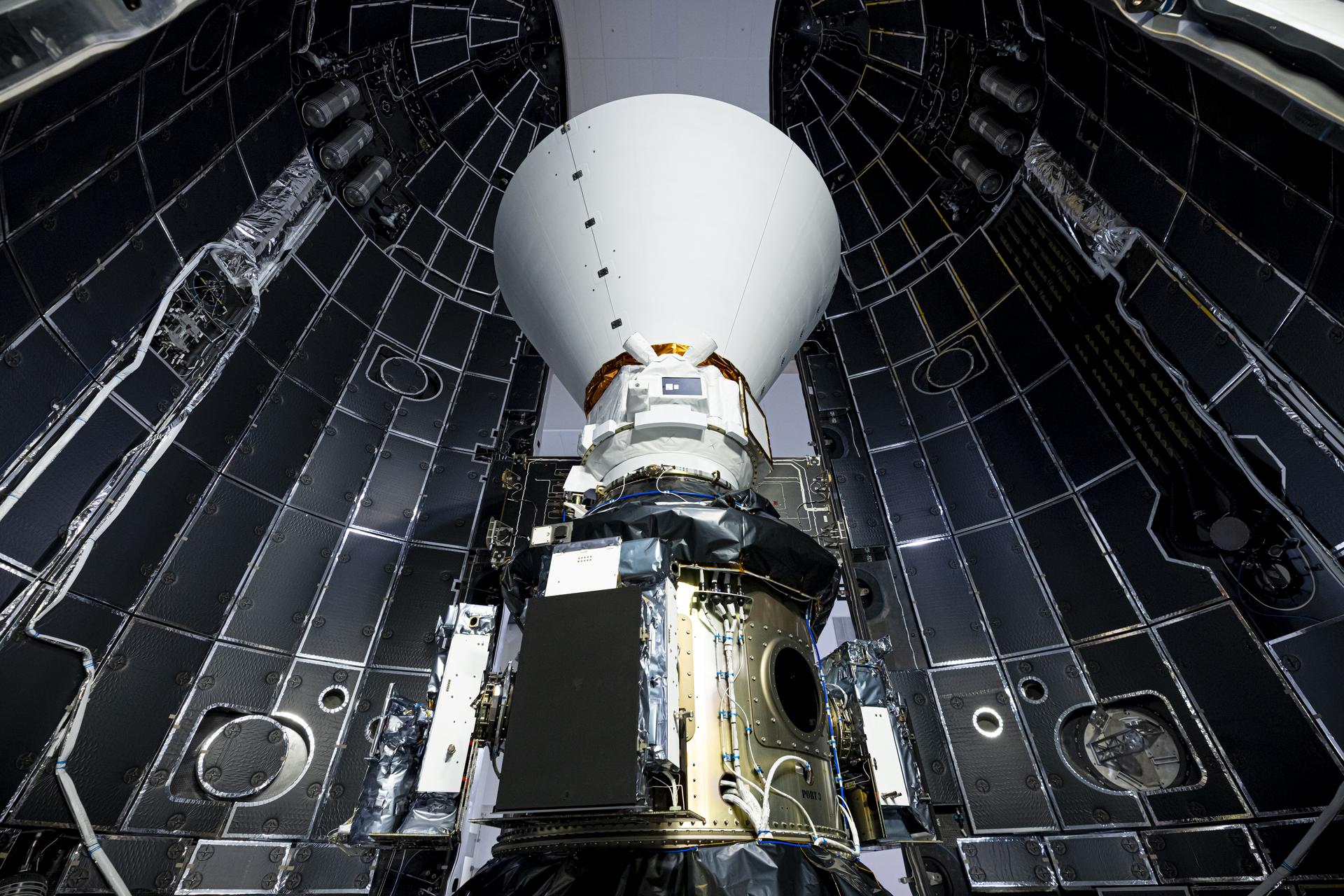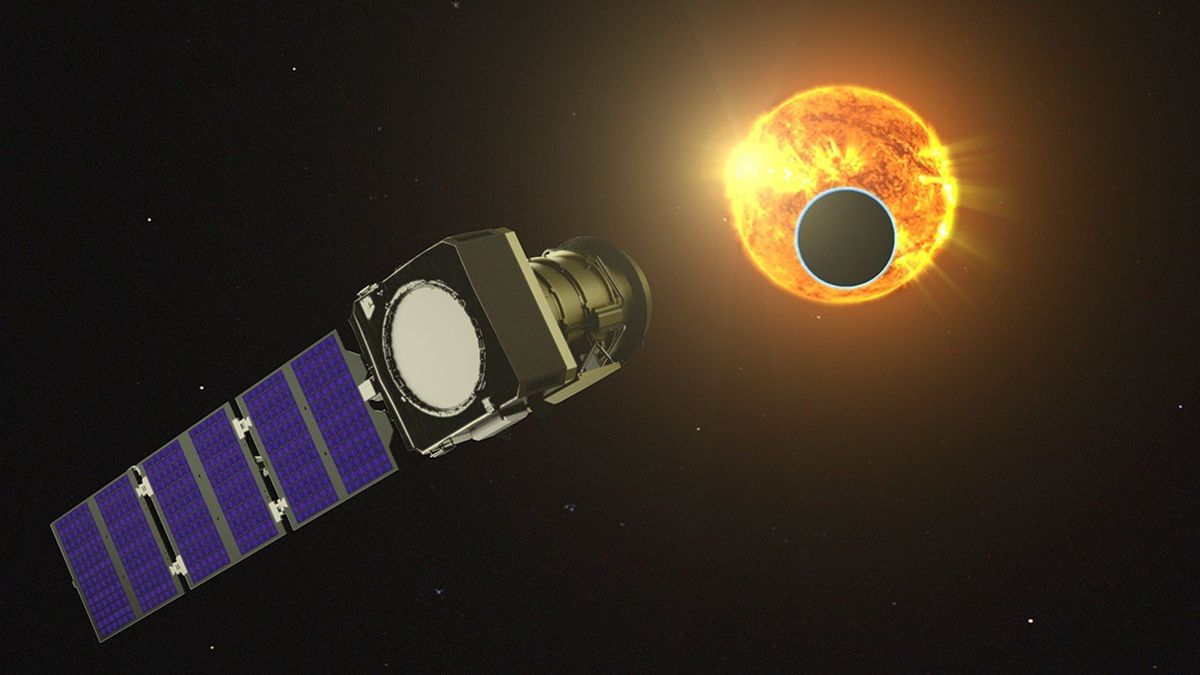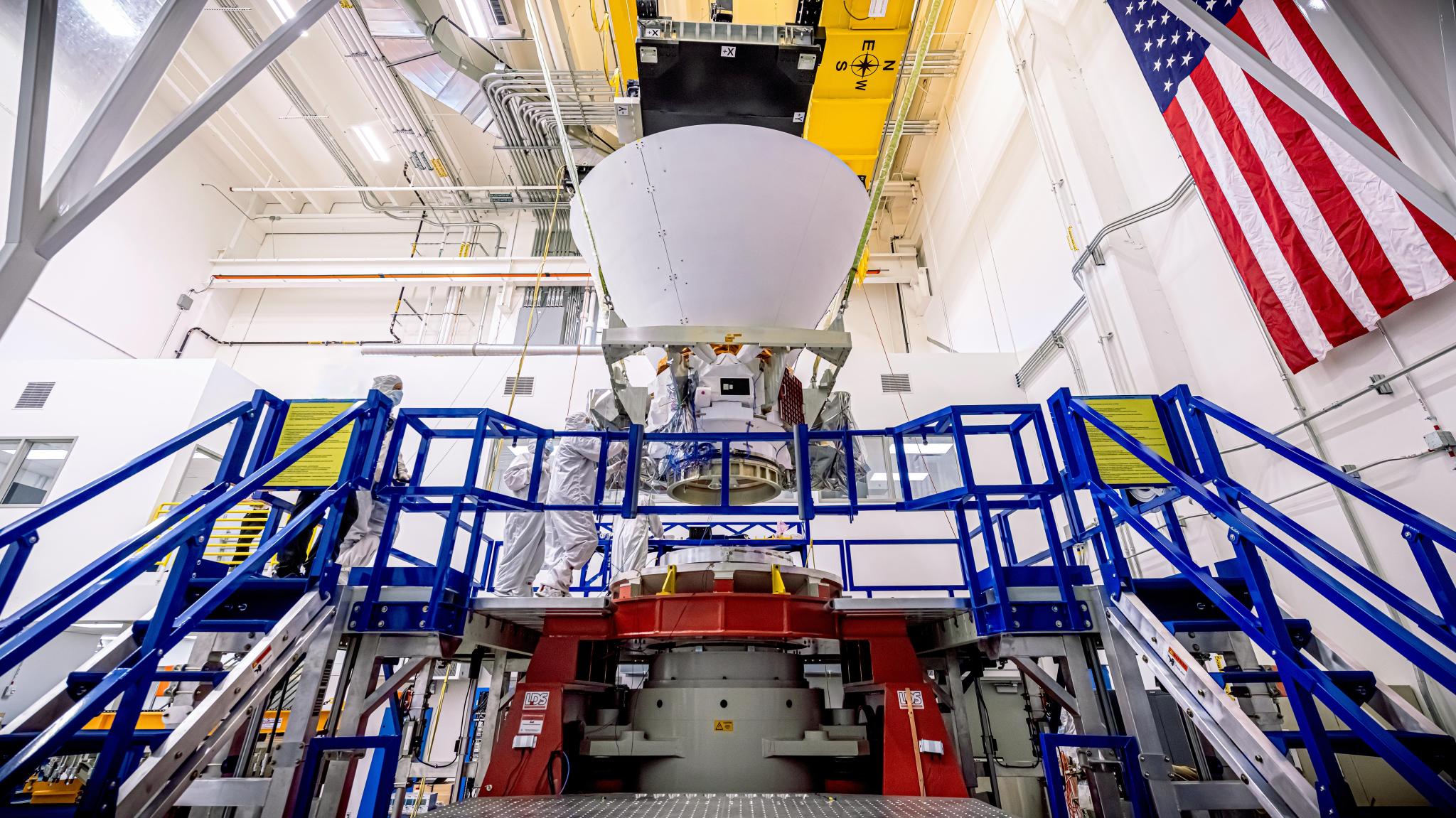A Tatooine-like world with a key difference from the desert planet in “Star Wars” has been serendipitously discovered orbiting not two stars, but a pair of brown dwarfs. What’s more, this wacky planet doesn’t orbit around the brown dwarfs’ equator, but instead up and down over their poles. In the “Star Wars” universe, Luke Skywalker famously came from the planet of Tatooine, which had two suns and double sunsets. Tatooine is in a circumbinary orbit, which means that it doesn’t orbit one star, but instead orbits both stars of a…
Read MoreTag: Exoplanets
NASA’s SPHEREx Space Telescope Begins Capturing Entire Sky
6 min read Preparations for Next Moonwalk Simulations Underway (and Underwater) NASA’s SPHEREx mission is observing the entire sky in 102 infrared colors, or wavelengths of light not visible to the human eye. This image shows a section of sky in one wavelength (3.29 microns), revealing a cloud of dust made of a molecule similar to soot or smoke. NASA/JPL-Caltech This image from NASA’s SPHEREx shows the same region of space in a different infrared wavelength (0.98 microns), but the dust cloud is no longer visible. The molecules that compose…
Read MoreHow artificial intelligence is helping scientists hunt for alien Earths
A machine-learning algorithm trained on synthetic planetary systems has been let loose — and in the process has identified nearly four dozen real stars that have a high probability of hosting a rocky planet in their habitable zone. “The model identified 44 systems that are highly likely to harbor undetected Earth-like planets,” said Jeanne Davoult, an astronomer at the German Aerospace Agency DLR, in a statement. “A further study confirmed the theoretical possibility for these systems to host an Earth-like planet.” Often, “Earth-like” worlds — Earth-like in the sense that…
Read MoreDiscovery Alert: Four Little Planets, One Big Step
Explore This Section Exoplanets Home Exoplanets Overview Exoplanets Facts Types of Exoplanets Stars What is the Universe Search for Life The Big Questions Are We Alone? Can We Find Life? The Habitable Zone Why We Search Target Star Catalog Discoveries Discoveries Dashboard How We Find and Characterize Missions People Exoplanet Catalog Immersive The Exoplaneteers Exoplanet Travel Bureau 5 Ways to Find a Planet Strange New Worlds Universe of Monsters Galaxy of Horrors News Stories Blog Resources Get Involved Glossary Eyes on Exoplanets Exoplanet Watch More Multimedia ExEP This artist’s concept…
Read MoreCosmic Mapmaker: NASA’s SPHEREx Space Telescope Ready to Launch
6 min read Preparations for Next Moonwalk Simulations Underway (and Underwater) Ahead of launch, NASA’s SPHEREx is enclosed in a payload fairing at Vandenberg Space Force Base on March 2. The observatory is stacked atop the four small satellites that make up the agency’s PUNCH mission. NASA/BAE Systems/Benjamin Fry NASA’s latest space observatory is targeting a March 8 liftoff, and the agency’s PUNCH heliophysics mission is sharing a ride. Here’s what to expect during launch and beyond. In a little over a day, NASA’s SPHEREx space telescope is slated to…
Read MoreNASA picks SpaceX to launch Pandora exoplanet mission
A small NASA exoplanet probe now has a ride to Earth orbit. The agency announced on Monday afternoon (Feb. 10) that it has picked SpaceX to launch Pandora, a 716-pound (325-kilogram) satellite designed to help scientists better understand how our understanding of exoplanets‘ atmospheres are affected by changes in their host stars. Pandora will lift off atop a Falcon 9 rocket no earlier than this fall, according to NASA officials. Pandora will head to low Earth orbit. Once there, the satellite will observe at least 20 known transiting exoplanets —…
Read MoreGiant planet or ‘failed star?’ Newfound mystery world blurs the lines
One of the largest exoplanets to be found orbiting a relatively low-mass star has been discovered, thanks to the way the planet’s gravity drags its star around on its journey through space. The planet is the fourth world to be spotted in data from the European Space Agency’s Gaia mission, which was designed to map a billion stars in our Milky Way galaxy, cataloguing their masses, luminosities, temperatures and motions through space. It’s this latter property that led to the discovery of the giant exoplanet Gaia-4b. It orbits a star…
Read More‘Roasting marshmallow’ exoplanet is so hot, it rains metal. How did it form?
Astronomers may have inadvertently complicated the mystery of how strange “roasting marshmallow” planets form. Using the Gemini South telescope, researchers found that the “hot and puffy” ultra-hot Jupiter planet WASP-121b may have formed closer to its star than previously believed, challenging what we know about how planets form. Since the discovery of the first planet outside the solar system in the mid-1990s, the catalog of extrasolar planets, or “exoplanets,” has grown to over 5,000 entries. Many of these exoplanets are like nothing found in our solar system. The hot and…
Read More6 Things to Know About SPHEREx, NASA’s Newest Space Telescope
5 min read Preparations for Next Moonwalk Simulations Underway (and Underwater) NASA’s SPHEREx observatory undergoes testing at BAE Systems in Boulder, Colorado, in August 2024. Launching no earlier than Feb. 27, 2025, the mission will make the first all-sky spectroscopic survey in the near-infrared, helping to answer some of the biggest questions in astrophysics. BAE Systems/NASA/JPL-Caltech Shaped like a megaphone, the upcoming mission will map the entire sky in infrared light to answer big questions about the universe. Expected to launch no earlier than Thursday, Feb. 27, from Vandenberg Space…
Read MoreScientists discover exoplanet with supersonic winds — the fastest in the known universe
Astronomers have found winds on a distant world that blow at a phenomenal 5.6 miles per second (9 kilometers per second), or 20,500 miles per hour (33,000 kilometers per hour) — the fastest winds ever measured on a planet. The faraway world, a gas giant called WASP-127b that was discovered in 2016, orbits a star 520 light-years from Earth. It zips around its host star in just four days, following a slightly skewed orbit. The exoplanet is also likely tidally locked to its star the same way the moon is…
Read More

